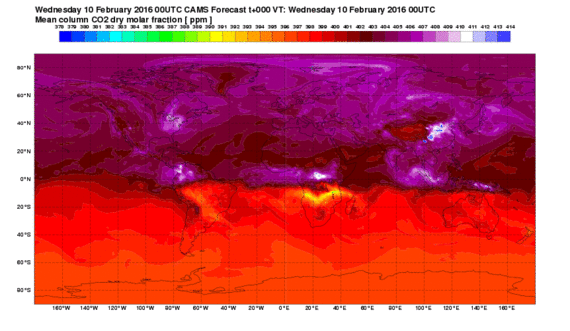- March 21, 2013
- in Green Tips
- by marcos
- 986
- 0
Here's a question for readers:How much fish do you eat out of state waters? The answer is very important and your response to the Department Of Ecology's survey will go a great deal in strengthening water quality standards in our state and for our Spokane River as they work to reducing toxic chemicals in fish to better protect public health.
OLYMPIA – The Washington Department of Ecology (Ecology) wants Washingtonians to take part in a statewide effort to update environmental standards that will safeguard people who eat fish and shellfish from the state’s waters. The step follows progress Washington has made to prevent sources of toxic chemicals that contaminate our air, water, soil, food, and our bodies.
Fly fishing the Spokane River Washington has reduced mercury pollution and is phasing out persistent chemicals that build up in the food chain, such as toxic flame retardants. The state has taken steps to reduce and phase out the use of copper brake pads, lead wheel weights, copper boat paints, and chemicals in children’s products.
“Ensuring that the state’s environmental standards accurately reflect our citizens’ exposure is the next step needed to reduce toxics in our environment and protect public health for Washington’s fish and shellfish consumers,” said Ecology Director Ted Sturdevant.
To get at the problem of toxics in fish and shellfish, Ecology is developing a more accurate view of how much fish and shellfish Washington residents eat. Ecology is asking for comments on a newly released technical support document, which focuses on fish consumption in Washington and existing environmental and human health information.
The draft document is called “Fish Consumption Rates Technical Support Document: A Review of Data and Information About Fish Consumption in Washington.” Washington uses fish consumption rates as a basis for environmental cleanup and pollution control. Washington currently uses two rates based on assumptions about how much fish and shellfish residents eat: 6.5 grams per day incorporated into water quality standards, and 54 grams per day, which is used in setting sediment and water cleanup standards. The rates were developed in the early 1980s and 1990s.
Current science indicates that the current fish consumption rates do not accurately reflect how much of our state’s fish and shellfish Washingtonians actually eat each day. In fact, the available information indicates that some of us consume much larger amounts. The American Heart Association recommends eating fish at least two times per week as part of a healthy diet. Fish is not only an important source of nutrition, but catching, preparing and eating fish are important cultural and family practices as well. Consequently it’s vital to have environmental standards that protect people who eat fish from exposure to harmful chemicals. As Washington moves toward developing new, more accurate fish consumption rates, Ecology welcomes – and needs – involvement by many people and interests, including tribal nations, industries, municipalities, and residents.


